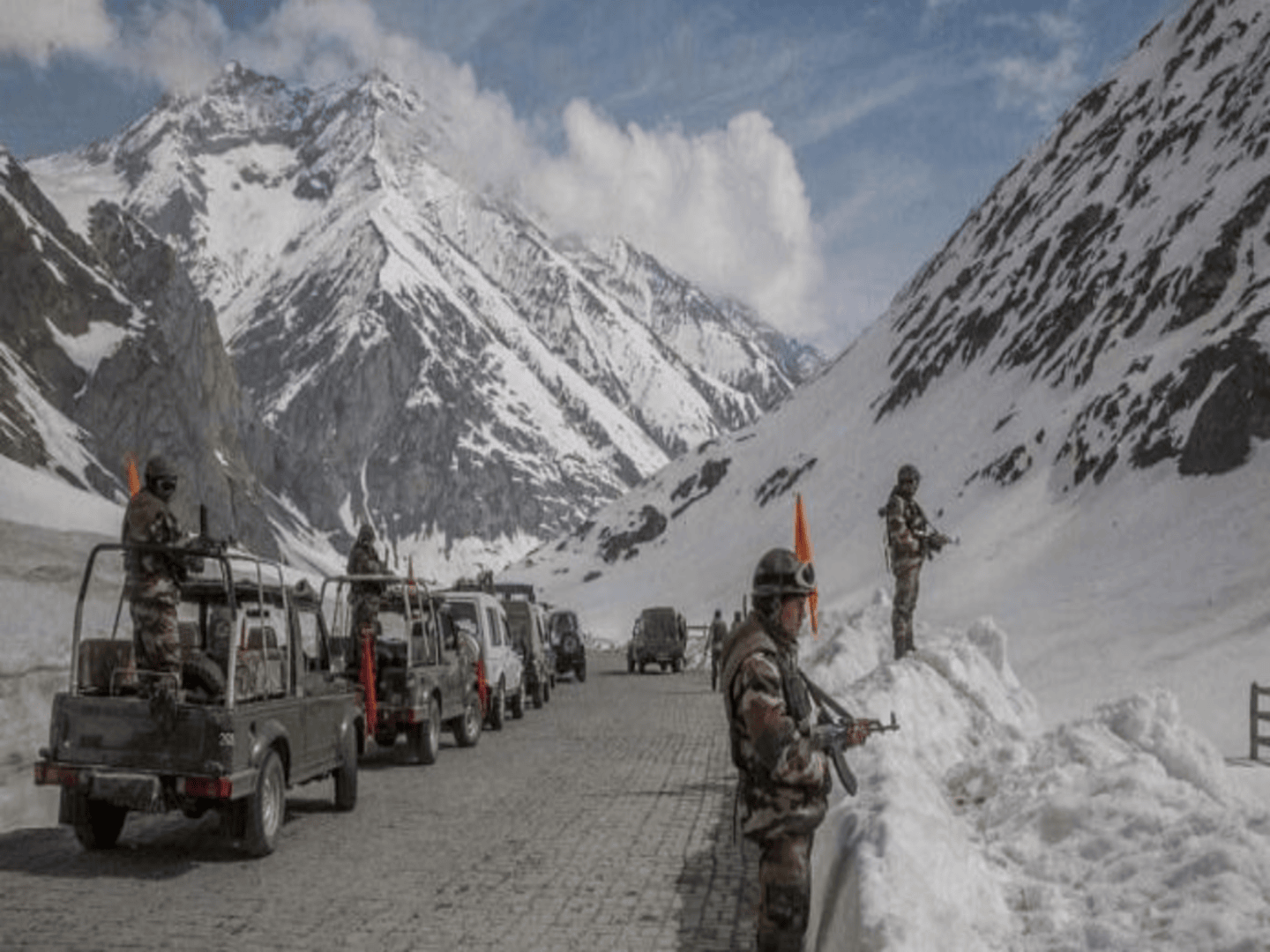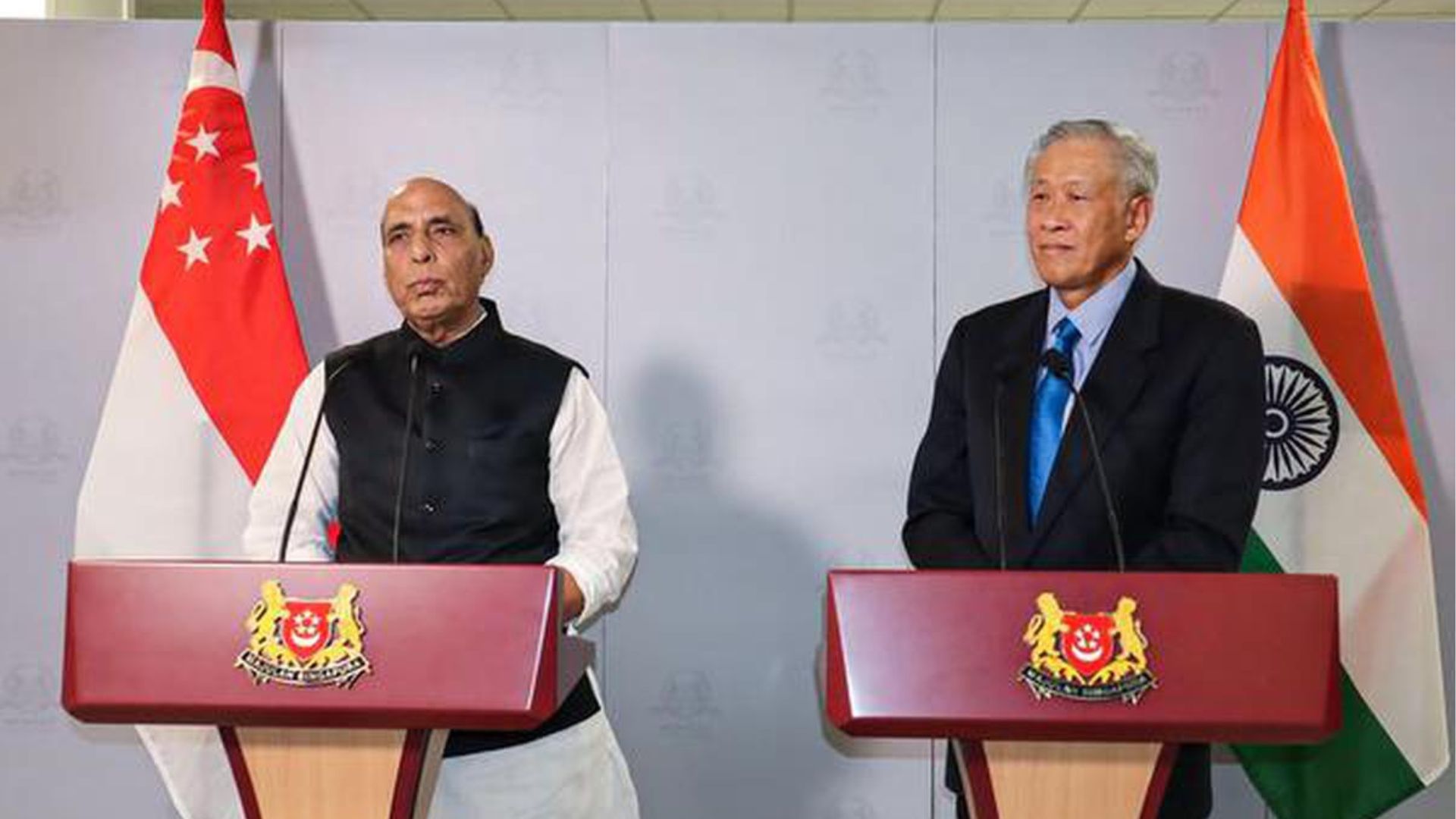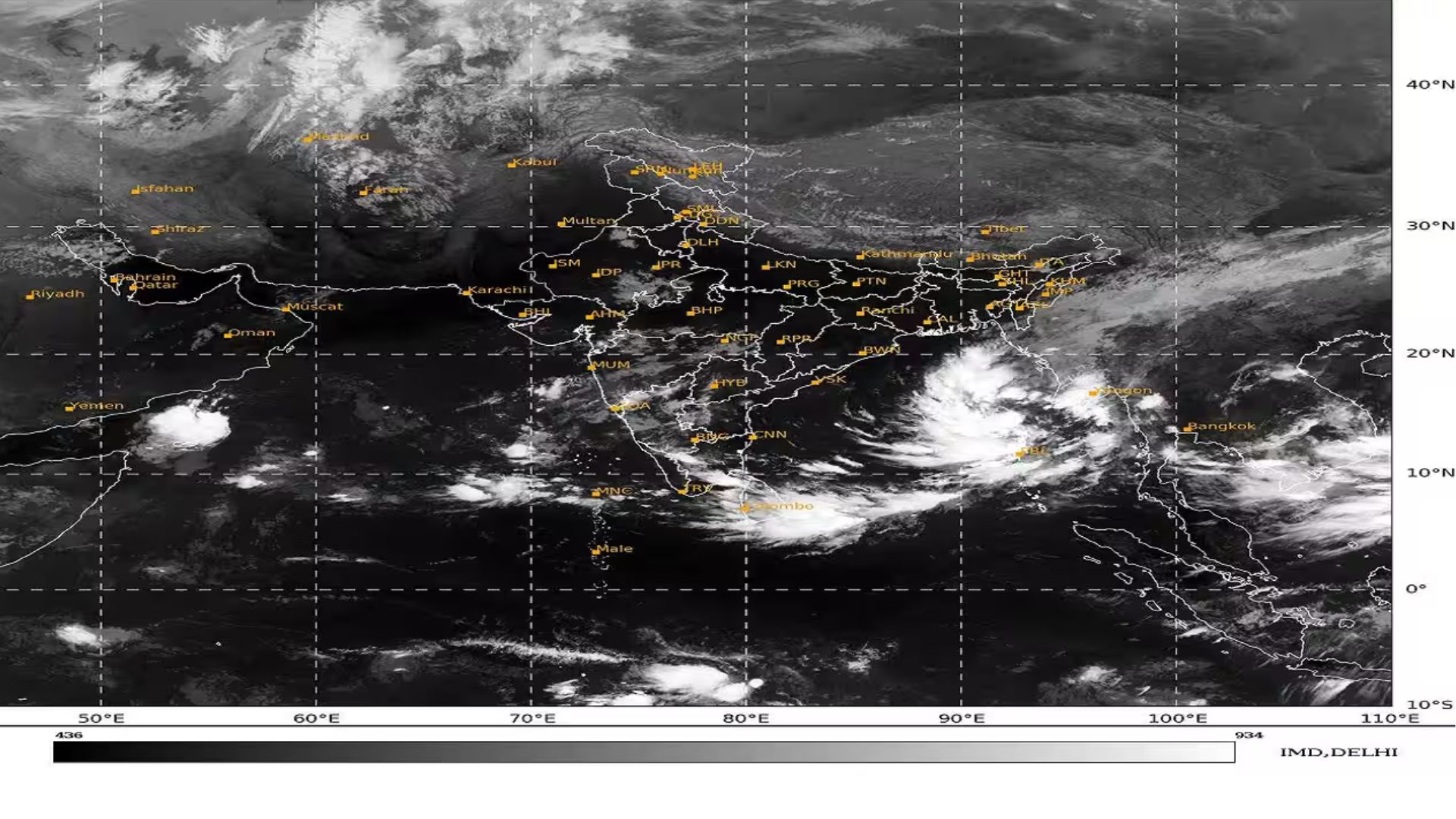
In a significant development, India and China have agreed to restore the patrolling arrangements that existed before the 2020 Galwan clashes. This agreement will bring normalcy back to the patrolling protocols in eastern Ladakh and includes crucial areas like Depsang and Demchok. This follows External Affairs Minister S. Jaishankar’s earlier statement that “75 percent of disengagement issues with China have been resolved.”
He noted, “We can say that the disengagement process with China has been completed. There are areas where, after 2020, we blocked them because they had blocked us. We’ve now reached an understanding that will allow for patrolling.” However, there has been no announcement regarding the withdrawal of additional troops stationed along the Line of Actual Control (LAC), and Beijing has yet to comment on the agreement.
Demchok is significant for both nations due to its location at the southernmost point of the LAC in Ladakh. It experienced a Chinese incursion during the 1962 war, though PLA troops did not push beyond that point. Since then, Chinese authorities have hindered India from enhancing infrastructure in the area, including road development.
The Depsang Plains, located near Daulat Beg Oldie (DBO) in the northwestern Aksai Chin region, is another vital area. Previously under Chinese control, India has made substantial advancements there, including constructing a road. The flat terrain of Depsang facilitates troop and vehicle movement, including tanks.
Galwan Valley, where the Shyok and Galwan rivers meet, was the site of the 1962 clashes and remains strategically crucial. India’s Darbuk-Shyok-DBO (DSDBO) road runs close to the valley, leading to a military base with an airstrip in DBO. For China, the Galwan area provides a strategic vantage point over the road to DBO.
These regions have been conflict zones since the Galwan clash in 2020. Foreign Secretary Vikram Misri described the recent agreement as a breakthrough following weeks of negotiations aimed at sorting out the patrolling arrangements.
To recap, the Galwan clash began on May 5, 2020, on the north bank of Pangong Tso Lake, culminating in a major confrontation on June 15 between Indian patrols and PLA troops in Galwan Valley, resulting in casualties on both sides.
The border dispute between India and China has persisted since the 1962 Indo-Sino war. The border areas stretch from Arunachal Pradesh in the east to Ladakh in the north and remain poorly demarcated, leading to ongoing contention.
The Line of Actual Control (LAC) represents areas of physical control rather than formal territorial claims. India asserts that the de facto border is 3,488 km long, while China claims it is considerably shorter. Beijing contests approximately 90,000 sq km of Indian territory in the northeast, including parts of Arunachal Pradesh, while India maintains that 38,000 sq km in Aksai Chin, occupied by China, should belong to Ladakh.
Since the clashes in 2020, both countries increased troop deployments but have since withdrawn forces from certain areas, including along the northern and southern banks of Pangong Tso Lake, as well as in Gogra and Galwan Valley.














